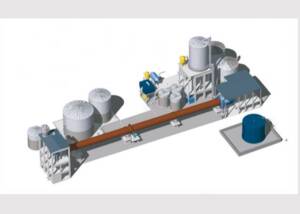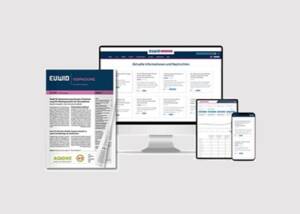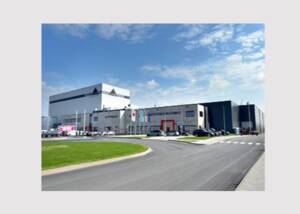Updated life cycle assessment of graphic and tissue paper
News General news
Technical processes, including paper production, are constantly becoming more efficient. Raw materials such as wood and recovered paper are becoming increasingly scarce. Accordingly, the question arises as to whether graphic and sanitary papers made from recovered paper are still more environmentally compatible than products made from primary pulp.

The new life cycle assessment for graphic and sanitary papers shows: Recycled paper has advantages in almost all categories considered and is therefore still the first choice. Especially the consideration of the impact on forests shows the necessity of high-quality paper recycling.
Based on a market analysis, the papers on the German market were first grouped and then assessed in terms of life cycle assessment. The methods used in the study are in line with the ISO standards for life cycle assessments ISO 14040 and ISO 14044.
On average, the production of recycled paper saves 78 percent water, 68 percent energy and 15 percent CO2 emissions. A new feature is the discussion of qualitative aspects such as biodiversity, land use change and carbon storage in forests. Here, the updated life cycle assessment shows that the use of recycled paper makes an important contribution to counteracting the loss of biodiversity, the risk of land use change and climate change. Since recycled paper imports come mainly from Europe, the impact of transport routes is mostly lower than for virgin fiber imports.
The results of the project supported the BMUV's policy on Blue Angel requirements to promote the use of recycled paper. In addition, a data basis was created that can also be used at the European level to promote recycled paper, for example through the EU Ecolabel. The reports are also written in English and can thus be used internationally.
Although paper recycling in Germany is already very well developed, there is further potential to improve it. The separate collection and recycling of clean waste paper streams (e.g. paper towels), the optimized sorting of mixed waste paper, requirements for a recycling-friendly product design without critical ingredients are to be mentioned as possible starting points.
This publication is aimed at all players in the paper chain, in procurement and private end users.










